Book Review: Best Buildings-Britain
Design Insider are thrilled to launch a brand new series, matching industry leaders with newly published design focused books in order for each publication to be rigorously reviewed.
For the first in our series we invited Angus Eitel at fiftypointeight Architecture + Interiors to review Best Buildings – Britain, an illustrated paperback by Matthew Freedman, published 30th Oct 2019 by Luster, RRP £15.
fiftypointeight Architecture + Interiors is an award-winning RIBA Chartered Practice based in West Sussex. Angus Eitel is its founder, with almost twenty years experience as an Architect. Since graduating from the University of Edinburgh he has worked at a senior level with a number of practices in Edinburgh and London.
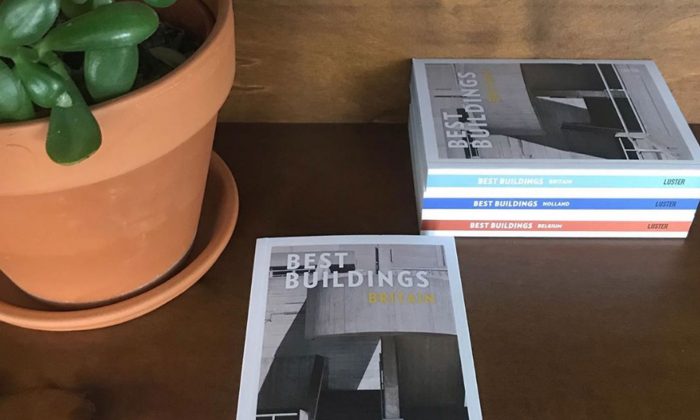
‘Best Building Britain’ is a collection of buildings completed in Britain since 1918. Thirty one architects and experts contributed by proposing their ten favourite buildings; any building that featured on more than one list automatically made the cut, Matthew Freedman then topped up the selection to seventy five from the remaining buildings that featured only once. The result is an eclectic selection with an unsurprising bias towards ‘Modernism’ albeit with a handful of inspiring choices.
The book is presented as a national tour starting in London and finishing in Belfast via Cornwall and Orkney and is arranged primarily by location but also chronologically. It’s hard to argue against many of the buildings included, although it does seem unnecessary to include buildings that have been demolished (The Tricorn Centre in Portsmouth for example). Given the architect contributors, Norman Foster, Owen Luder, Richard Rogers etc. the Modernist bias could have been tempered by a Classical architect such as Robert Adam.
I would find it taxing to restrict my favourite British buildings to a list of ten; however for the purpose of this review I have picked out four from the book that I have visited and would definitely be on my list; they also represent the versatility of Architects in the Britain over the last century.
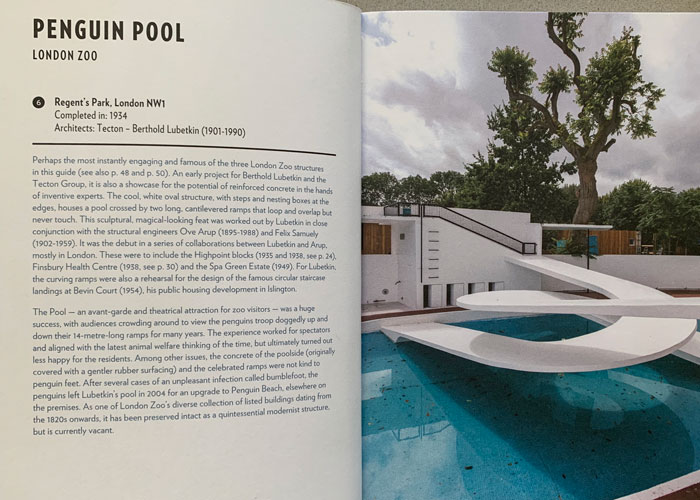
Penguin Pool, Regent’s Park, London by Tecton (1934) – a delightful, playful building that highlighted the potential of reinforced concrete.
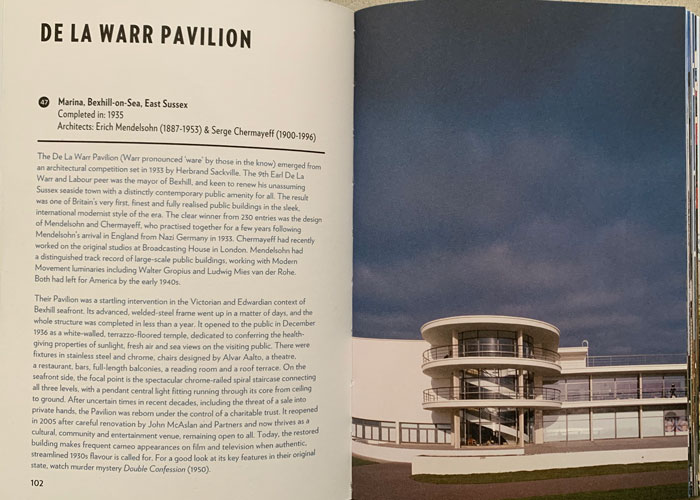
De La Warr Pavilion, Bexhill-on-Sea by Erich Mendelsohn & Serge Chermayeff (1935) – a sleek, modernist building “a startling intervention in the Victorian and Edwardian context” erected using advance steel frame construction.
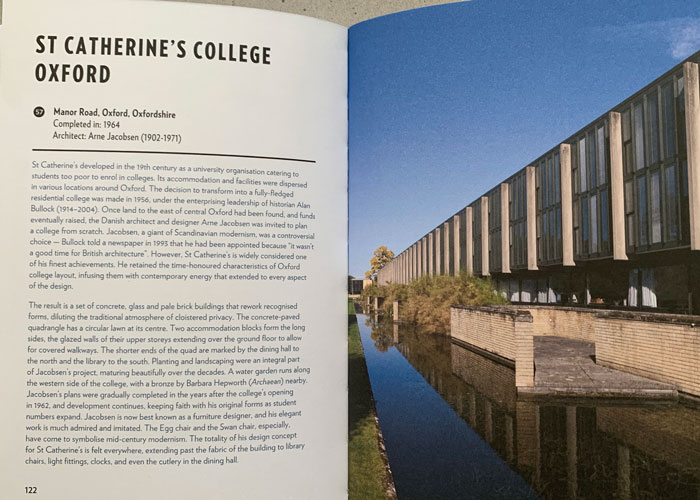
St Catherine’s College, Oxford by Arne Jacobsen (1964) – utilising the time-honoured college layout the building was unashamedly contemporary and Jacobsen’s influence is felt in every aspect of the design.
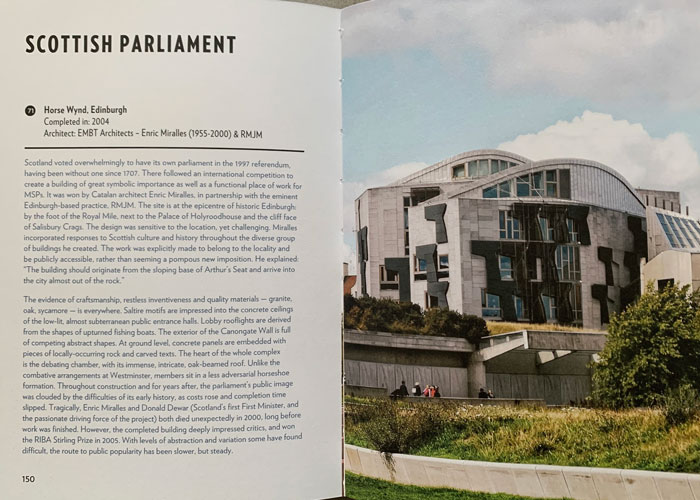
Scottish Parliament, Edinburgh (2004) by EMBT Architects & RMJM – the project was heavily criticised for dramatically exceeding its budget and ever delayed completion. However the resulting craftsmanship and quality materials is omnipresent and testament to the doggedness of the design team.
If you are interested in writing a review for this series please email alys@designinsiderlive.com




